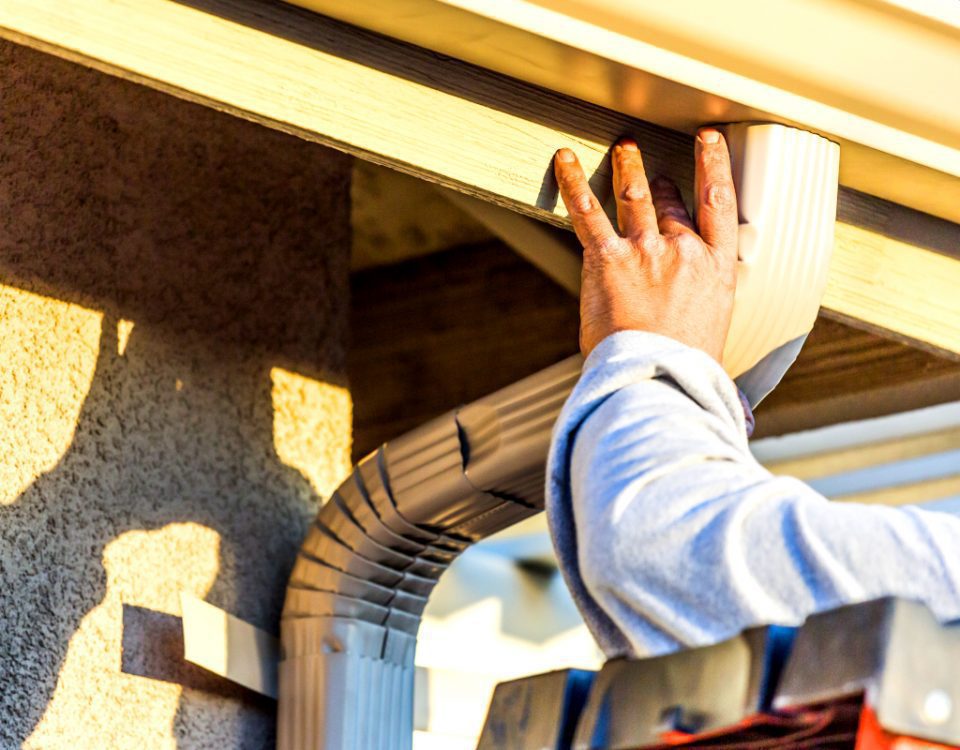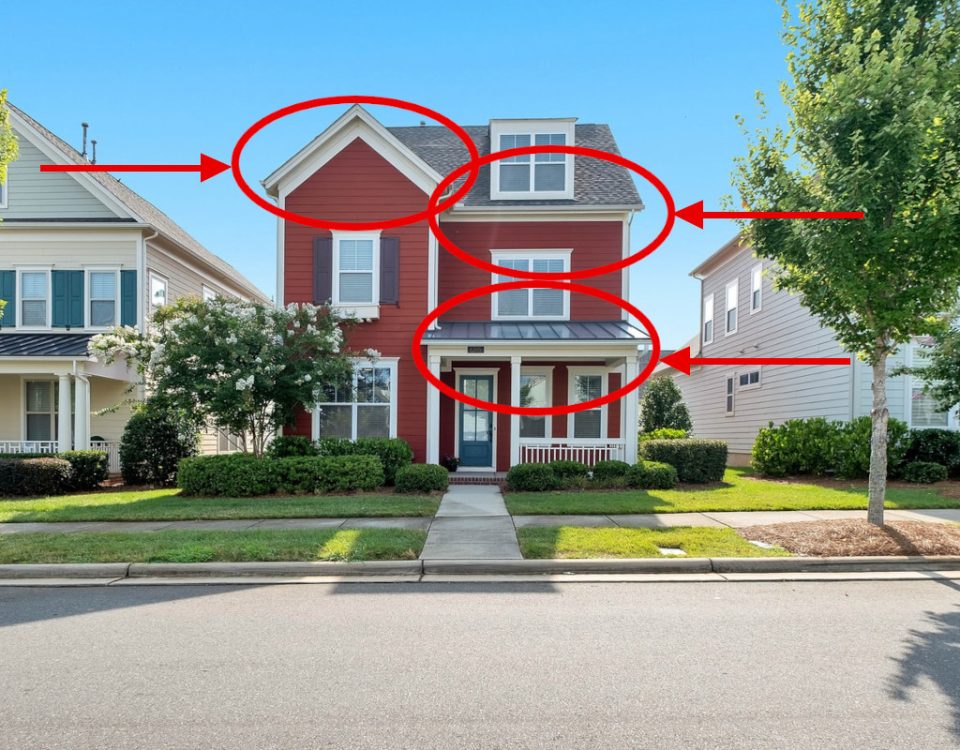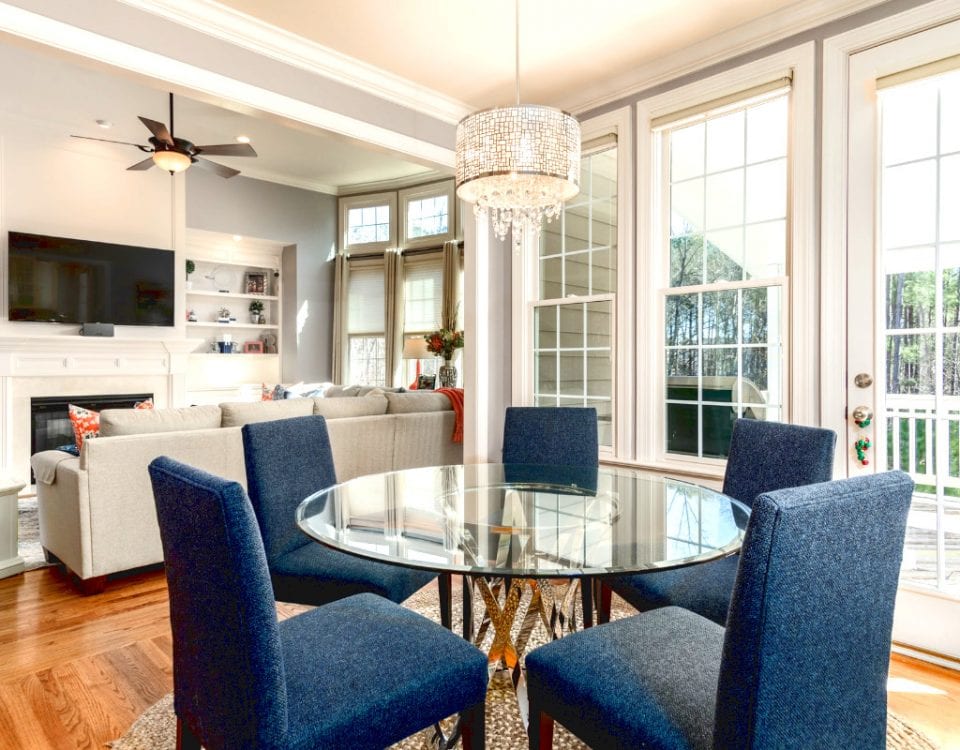
5 Great Interior House Painting Ideas & Tips For The Holiday Season (Plus A Special Holiday Offer!)
September 11, 2018
4 Reasons Why You Should Get Your Interior Painting Project Done This Winter
October 19, 2018
5 Great Interior House Painting Ideas & Tips For The Holiday Season (Plus A Special Holiday Offer!)
September 11, 2018
4 Reasons Why You Should Get Your Interior Painting Project Done This Winter
October 19, 2018
Here at Texas Painting and Gutters, we pride ourselves on knowing our products and services inside and out to ensure our customers are getting the highest quality interior & exterior house painting services and gutter installations.
Among all of those products and services, gutters we feel — in particular — are one of the most commonly overlooked pieces of equipment in today’s living.
To that end, we’ve put together this ultimate guide to gutters; from what they are, to their history and development, what styles and materials are used and finally what makes them so important to our modern way of life.
What Are Rain Gutters?
Rain gutters (sometimes called “eavestroughs”) are used to capture water flowing off of a building’s roof and direct it away from its exterior walls and foundations. They are simple trough-shaped, long, narrow channels made of varying materials (see below for material details), attached to the eave (edge) of a roof on at a slight angle.
This very slight angle is just enough for the water to flow in a particular direction towards a downspout (or leader); an enlosed tubular channel that funnels the water down and away from a house or other building.
Other small pieces of equipment that round out the basic rain gutter’s anatomy are end caps that are used to close the end of the gutters and brackets that attach it to a structure.
Who Invented Rain Gutters? And When?
The need to channel rain water dates back to the Roman era, with rain water captured and channeled into barrels that was often used for bathing or washing. They also used gutters on the side of roadways, much like we do today.
These simple gutter systems were brought to Britain by the Romans, where we first start seeing them used on buildings. Instead of downspouts however, the gutters would end at a gargoyle statue, where water would be “spit” out of their mouths.
Downspouts would eventually be used, famously on the Tower of London when King Henry wanted to protect its exterior.
By the 16th century, “V”-shaped wooden and lead-lined wooded gutters were commonplace on larger structures.
Jump ahead to the 18th and 19th century we see the widespread adoption of gutters on smaller homes, along with a change of materials used: cast iron.
Cast iron gutters are thought to be more common in this era primarily because of sickness. Damp living spaces were breeding grounds for all kinds of illnessess, so gutters were used as a means to control rainwater dampness in cities and in homes.
The early 20th century and the rise of the industrial revolution brought metal rolling machines that allowed steel to be used up until the 1960s when the use of aluminum — liked for its lightweight strength — became widespread.
When the switch to aluminum occured so did seamless gutters. Most gutters up until that point were created in pieces and connected together on the structure. The connection points (seams) were ripe for leaks so seamless gutters allowed the gutters to be created in long pieces, specifically customized for whatever building it was to go on.
With no seams for them to leak, seamless gutters quickly became a preferred style even to today.
What Materials Are Used To Make Rain Gutters?
As mentioned above, early gutters were mainly wood and lead evolving to cast iron, steel and finally aluminum.
Vinyl is another material used today as well as copper and zinc, though aluminum is still the most widely used because of its affordability and durability.
Are There Different Styles & Shapes Of Rain Gutters?
The primary shapes of early gutters were “V” and “U” shaped. While the “V” shape faded away, the “U” shaped is still used today and known today as “half-round”.
“K” shaped gutters came around the same time as the adoption of aluminum and are known for its decoratively shaped, outward-facing profile that looks similar to crown molding.
Why Are Rain Gutters So Important?
Nearly anywhere you live, you’ll have to deal with rain and its potentially adverse affects to your home. Rainwater that isn’t properly guttered can cause water to get into the foundation and/or basement of your home. Water getting into your foundation in particular can weaken it and cause long-lasting problems to your home.
Guiding water properly away from your home keeps the siding of your home looking sharp, prevents water damage to that siding, and potentially can help avoid cracking any sidewalks, driveways and pavement.
Though they may be overlooked in our everyday modern lives and aren’t the cornerstone of that living, you can clearly see how gutters help protect that foundation and have been for quite some time.
Have any questions about gutters that we may have missed? We’d be happy to help: contact us today.






